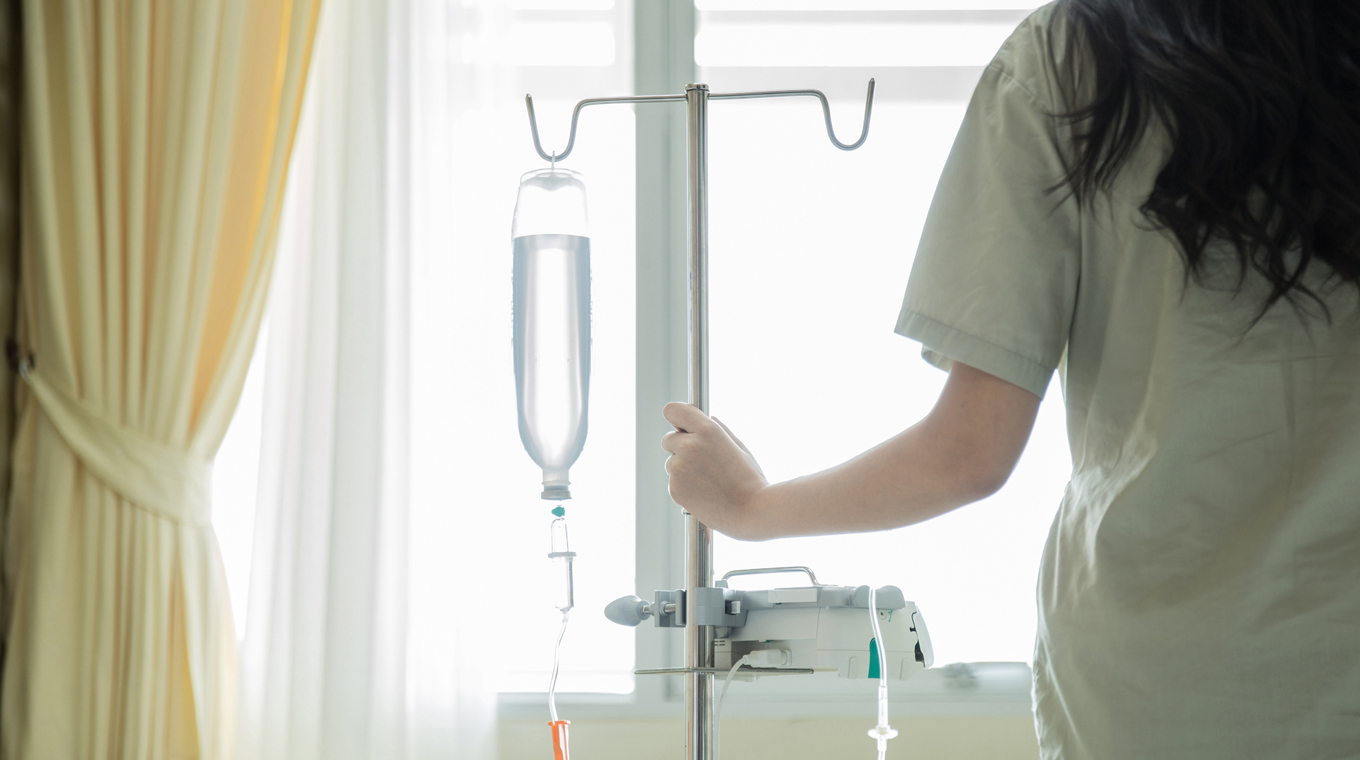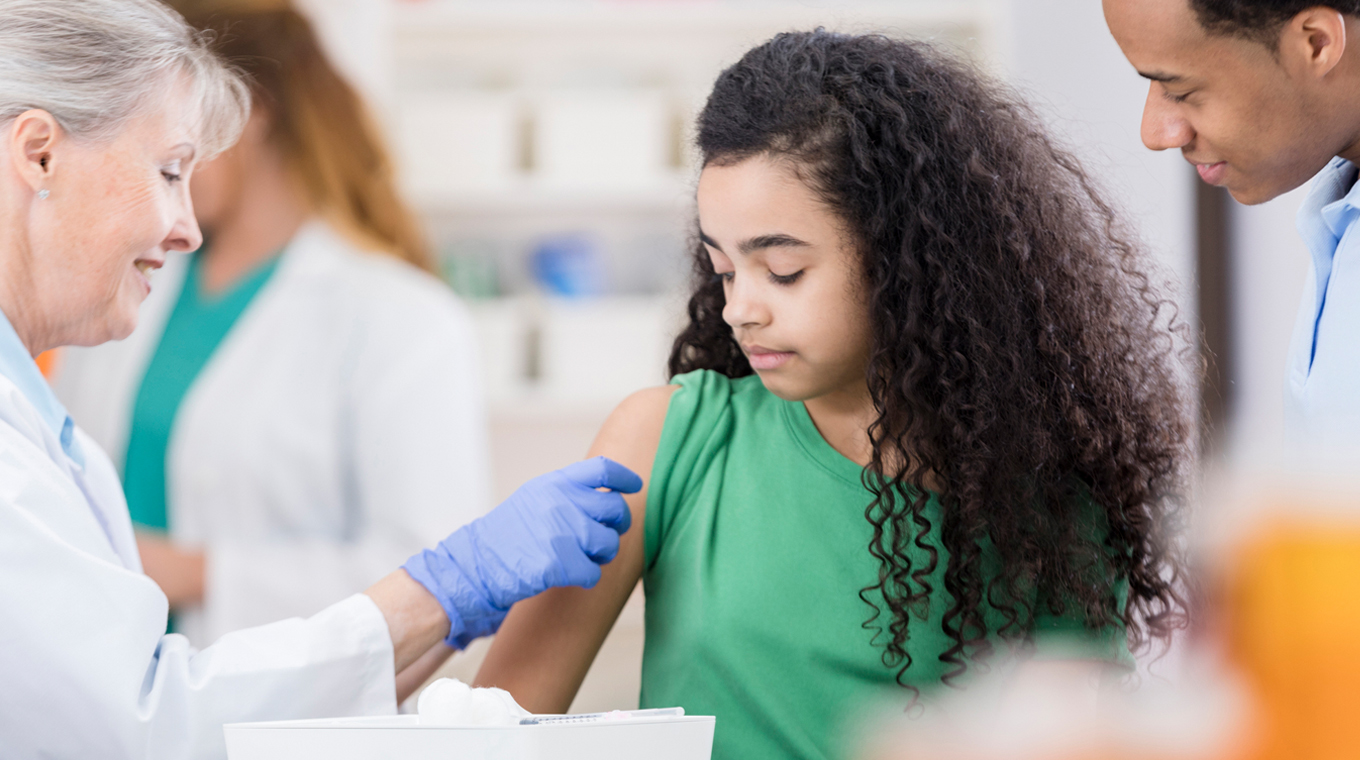
In this article
Having an abnormal Pap smear can cause a lot of concern for a woman. In 2021, over 14,400 new cases of invasive cervical cancer will be diagnosed with nearly 4,300 women dying from it. What women need to know about cervical cancer starts with understanding risk, learning the symptoms, and getting regular Pap smears.
Alison Huff is a mom of two and a 16-year survivor of cervical cancer. She told Mom.com that every Pap smear is concerning. “Even now, 16 years later, I still worry over my Pap results. I don’t think that ever goes away.”
So, what does cervical cancer look like? Early detection is critical to survival rates and this is best achieved by learning the symptoms.
Symptoms of cervical cancers: What does cervical cancer look like

The early signs of cervical cancer may not readily show themselves. At best, you get an abnormal Pap smear that comes back with pre-cancer cells that are monitored regularly. If your condition changes and you start experiencing the following symptoms, you need to see your doctor immediately.
Some of the symptoms of cervical cancer include:
- Spotting or light bleeding in between periods
- Heavier-than-normal menstrual bleeding
- Bleeding after intercourse, douching, or a pelvic exam
- Abnormal vaginal discharge
- Pain during sexual intercourse
- Spotting or bleeding after menopause
- Unexplained pelvic or back pain
The earlier you catch precancerous or cancerous cells, the higher your chances are of preventing or curing cervical cancer. Be attuned to your body so that you are aware if there are subtle differences.
Your risk for cervical cancer goes up as you age. Most women who are diagnosed are between the ages of 35 and 44. “It’s rare for women below 20 years old to develop this, and the risk increases when they reach 30 years,” Jaydeep Tripathy, M.D. told Mom.com. This is why annual checkups are so important as we get older.
Screening for cervical cancer
Screening for early detection is imperative to being able to fight it. There are a couple of ways to screen for cervical cancer. The first is to have a Pap smear done where the doctor scrapes cells off of the cervix and sends that to a lab to look for abnormalities. Another test is the HPV DNA test. This also takes cells from the cervix and tests them for infection or the presence of human papillomavirus (HPV) that may lead to cervical cancer.
If abnormal cells are found, a biopsy or endocervical curettage may be performed. The biopsy pinches off small samples of cervical tissue where the endocervical curettage scrapes tissue samples from the cervix. From there, tissue samples from deeper within the cervix are obtained via local or general anesthesia.
According to the American Cancer Society, all women should start being screened for cervical cancer at age 21, and have a Pap test every 3 years between the ages of 21 and 29. Women between the ages of 30 and 65 should have an HPV test every 5 years along with their Pap test. As with any cancer, early detection is the best way to fight the disease and win.
Treatment for cervical cancer

The treatment options for cervical cancer will depend on the stage and type of cancer that you have. Your doctor will go over your options with you.
Early stage cervical cancer is often treated with surgery or radiation combined with chemotherapy. Surgery may include a hysterectomy and a lymphadenectomy. The hysterectomy removes the uterus and any cancer within it. The lymphadenectomy is done to remove lymph nodes to check if cancer has spread and prevent further spread.
According to the American Cancer Society, late stage cervical cancer is treated with radiation and chemotherapy while advanced cervical cancer is treated exclusively with chemotherapy.
HPV vaccine for cervical cancer

Many cases of cervical cancer are caused by HPV. The HPV vaccine is an important defense against most types of cervical cancer if given before exposure to the virus. It can also protect against vaginal and vulvar cancer in women and can prevent genital warts and anal cancer in both women and men. And as HPV infections can be “caught from unprotected sex,” according to Dr. Tripathy, it's important to educate our kids about being safe.
(It is recommended that boys get the HPV vaccine as well. HPV has been linked to some cancers in the mouth and throat, and the vaccine can offer protection from these as well as protecting girls from contracting the virus by decreasing transmission.)
“One way to reduce your risks of getting cervical cancer is getting the HPV vaccine,” continued Dr. Tripathy. “It’s available and safe for girls as young as 11 years old.” While this won’t eliminate all possible causes of cervical cancer, it is one way to help reduce risk.
For Alison, it’s important that she doesn’t just get herself checked regularly, she needs to teach her two daughters how to protect themselves, too. Her girls are now 16 and 19, and both have had the HPV vaccine.
“I do feel better knowing that my girls are vaccinated, but also that they understand the importance of safe sex and why they got the vaccine in the first place,” she said. She credits frank conversations with how she has helped her daughters understand the risk and help prevent what she went through.




